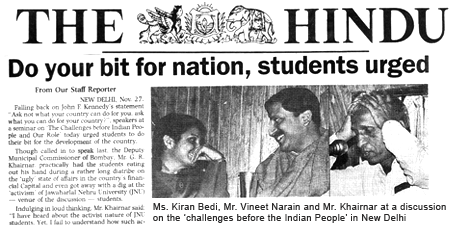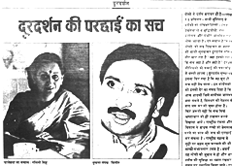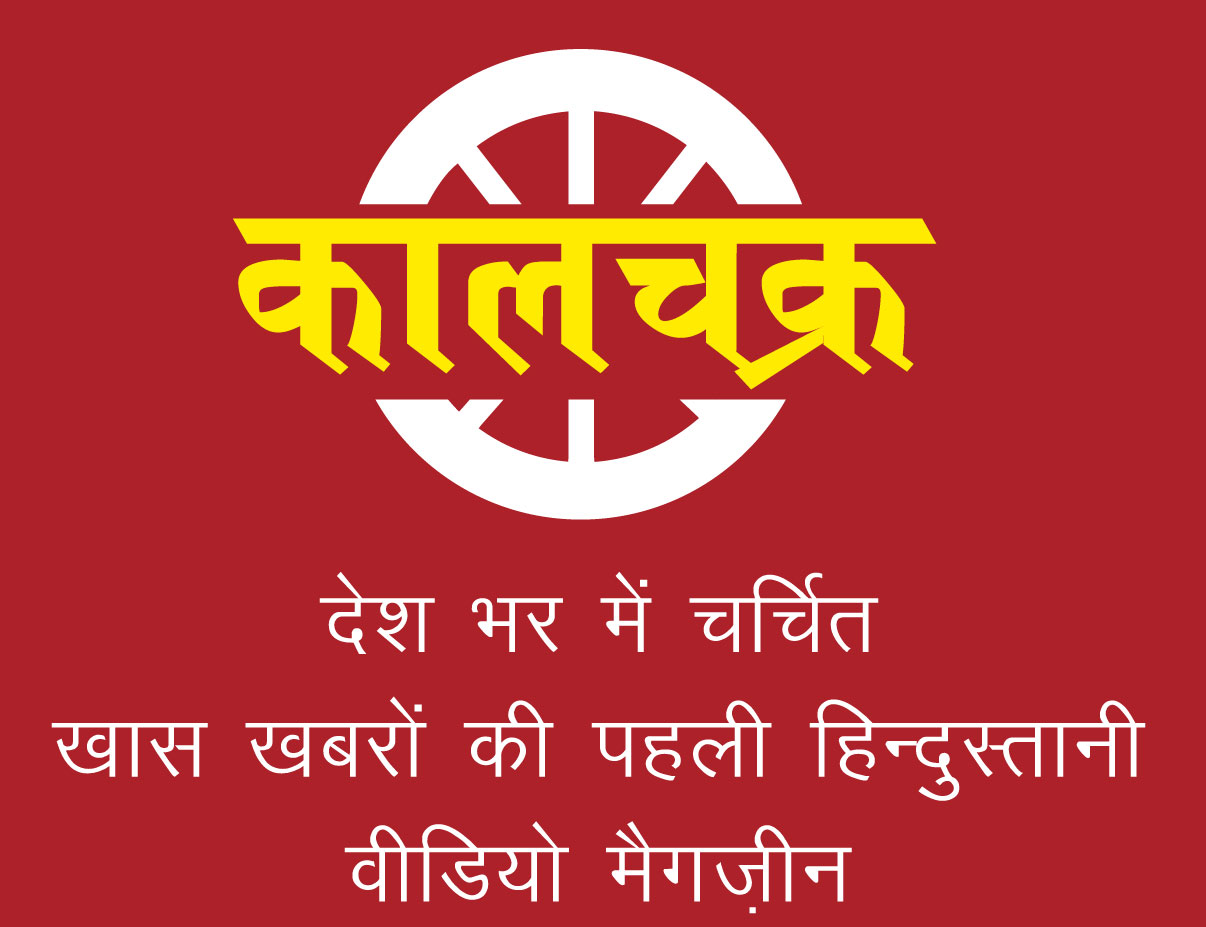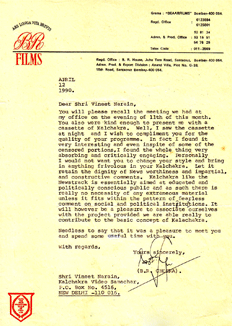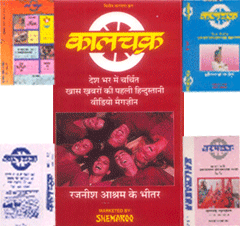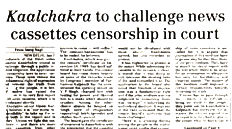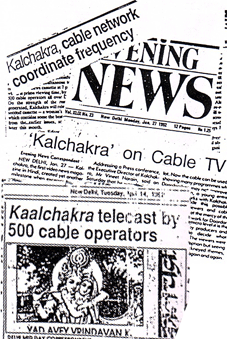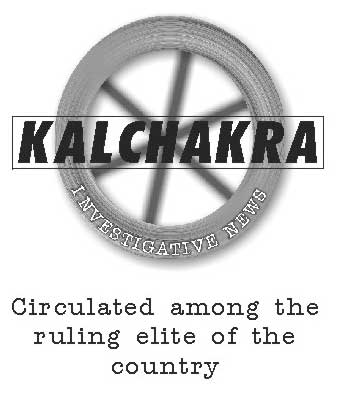Edit Content
The Braj Foundation
Mr. Vineet Narain is, founder and the Chairman of The Braj Foundation (www.brajfoundation.org), actively involved in the restoration of Braj-the land of Lord Shri Radha Krishna. Braj is the cultural area within the three districts of Mathura (UP), Bharatpur (Raj) and Palwal( Haryana) area. This 5000 years old cultural heritage, within the Golden Triangle of Delhi, Jaipur and Agra, has been grossly neglected and partly destroyed.


